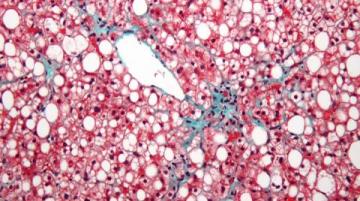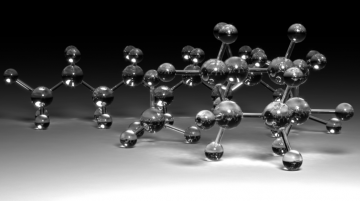Volume 10, Issue 1, January 2015
Dr. Anthony W.H. Chan
Associate Professor Department of Anatomical and Cellular Pathology, Prince of Wales Hospital, The Chinese University of Hong Kong
Introduction
Non-alcoholic fatty liver disease (NAFLD) is a serious global health problem and associated with over-nutrition and its related metabolic risk factors including central obesity, glucose intolerance, dyslipidaemia and hypertension. It is the most common metabolic liver disease worldwide and its prevalence in most Asian countries is similar to that in the States, Europe and Australia. About 10-45% of Asian population have NAFLD. With “westernized” sedentary lifestyle, the prevalence of NAFLD in general urban population in the mainland China is about 15%. NAFLD is even more prevalent in Hong Kong. Our recent study demonstrated...


